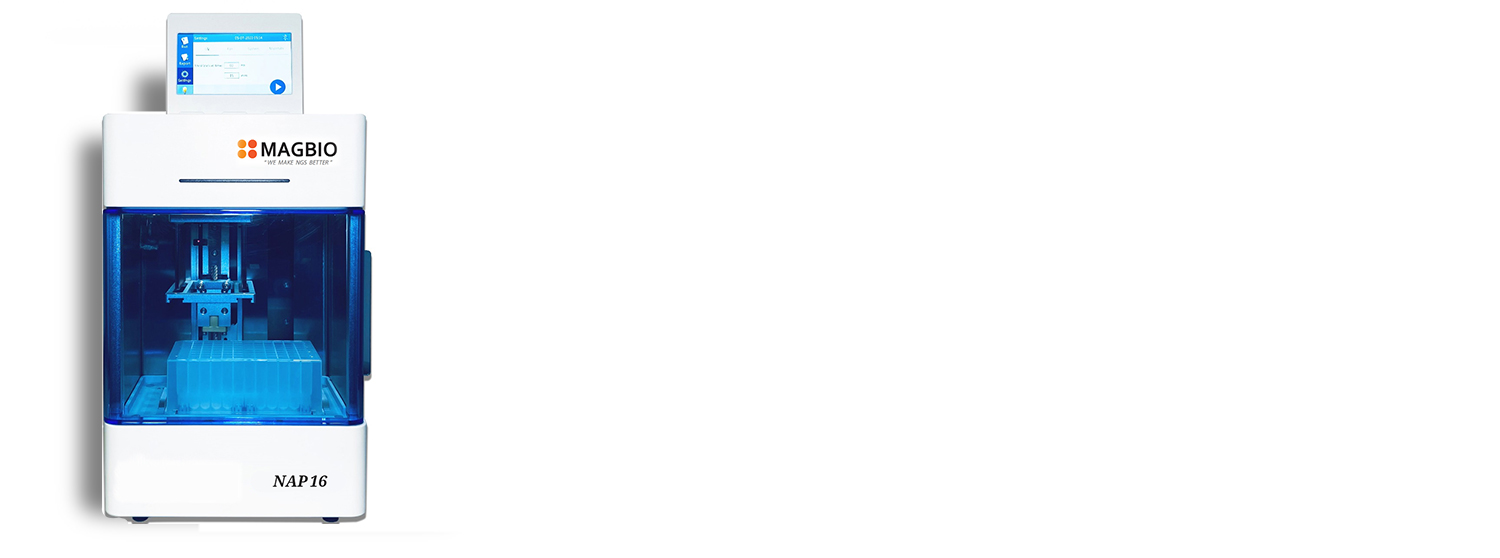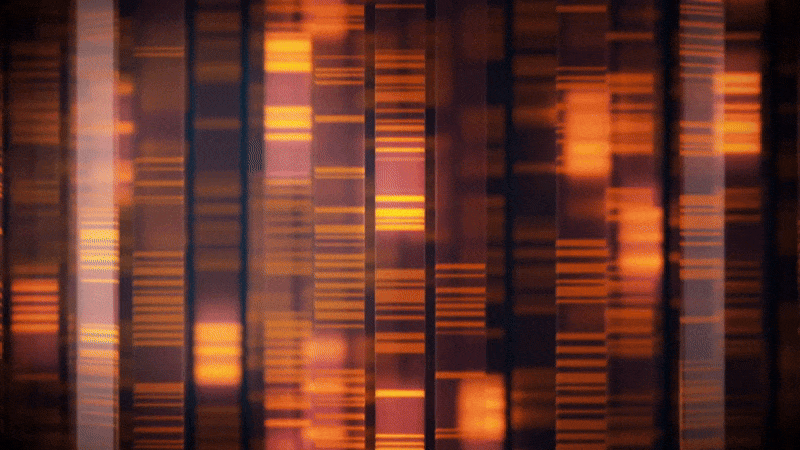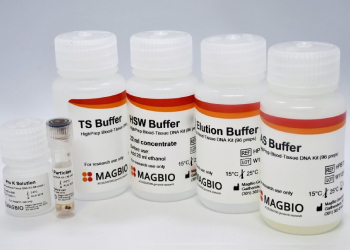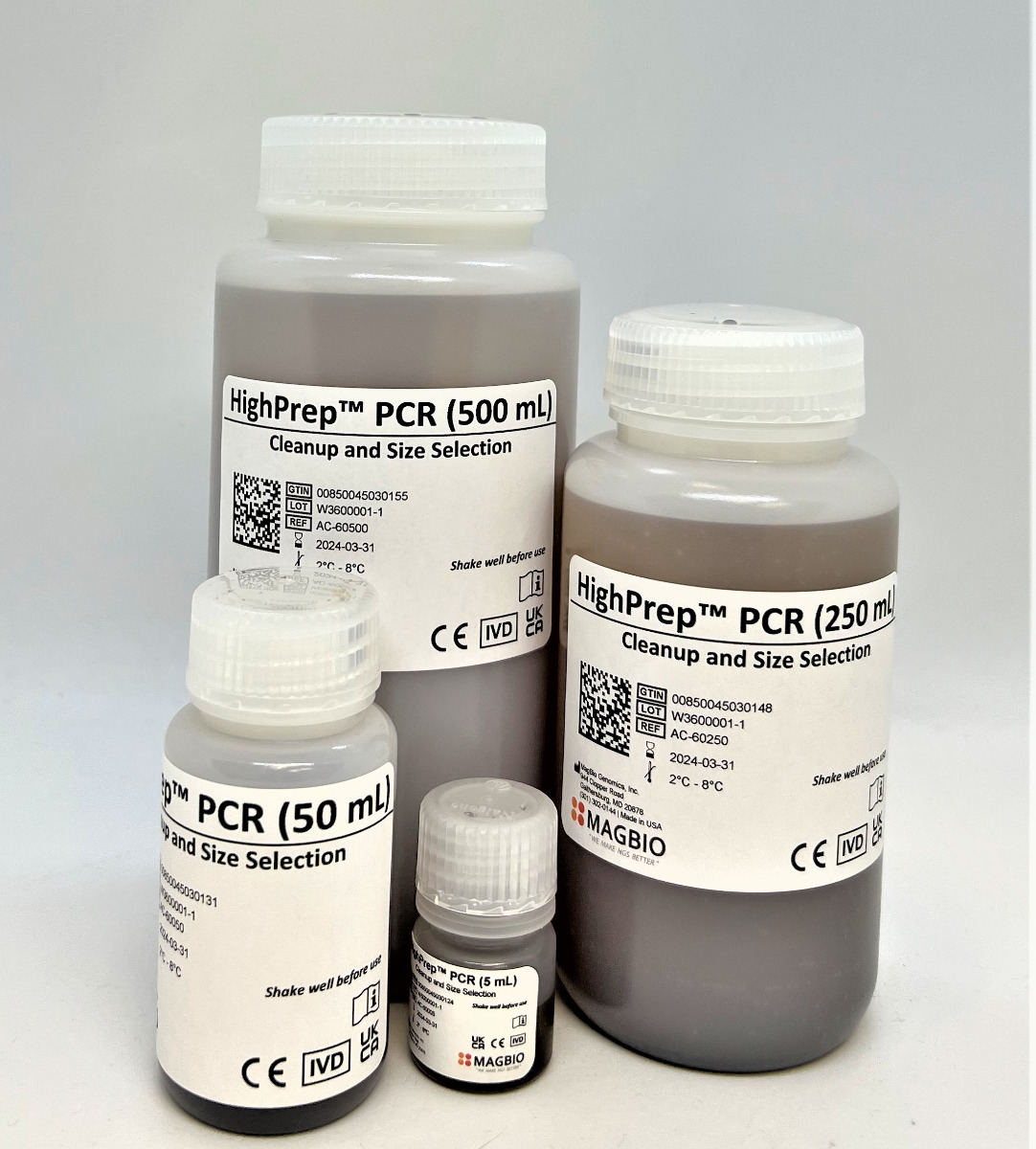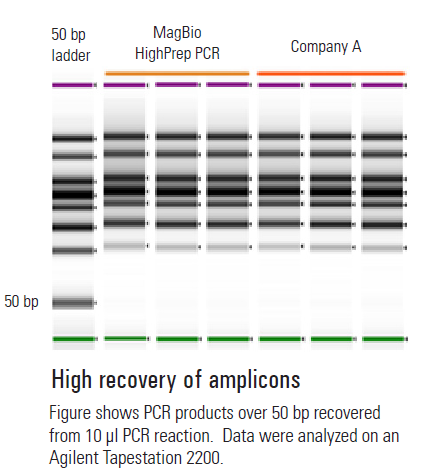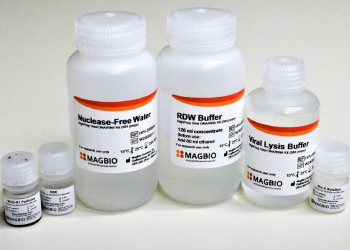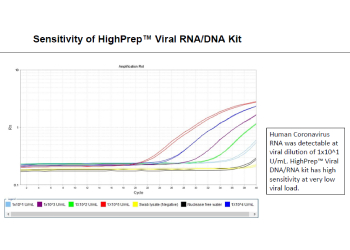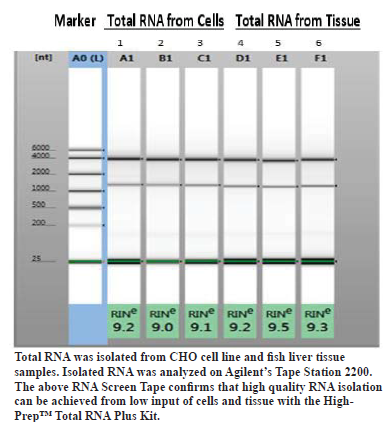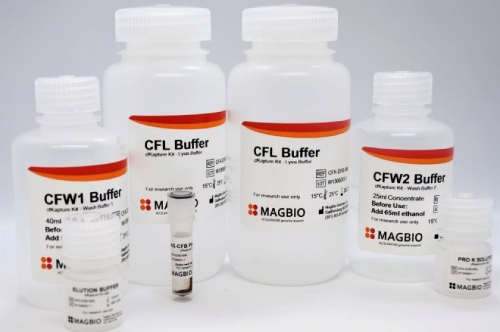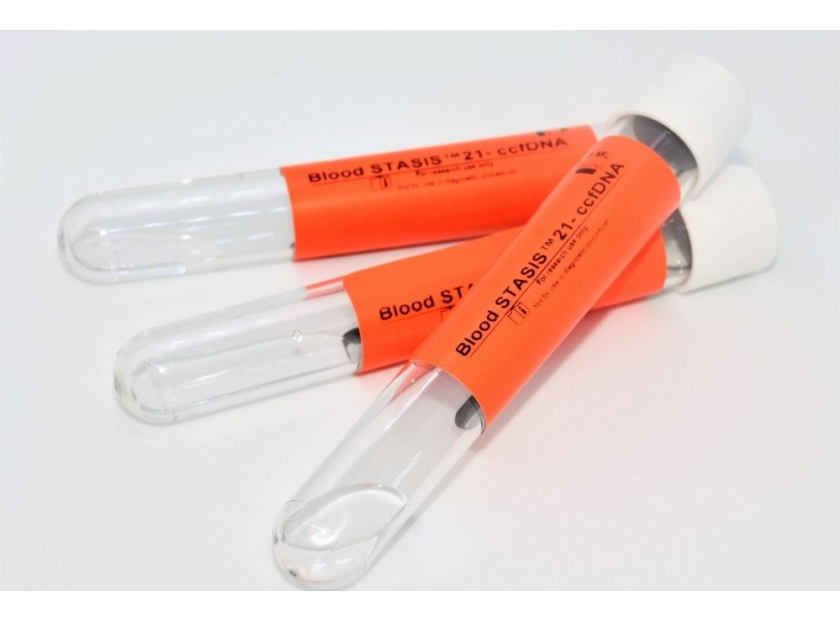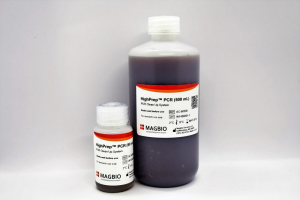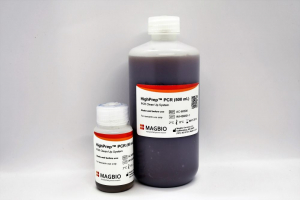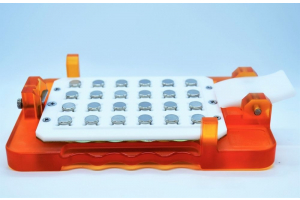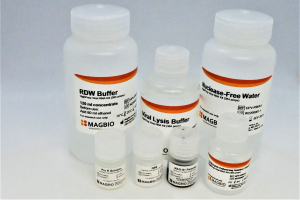5 Recommended Blood Sample Handling Practices
Research shows that even minor changes in the pre-analytical conditions of your blood samples may affect its integrity and results. The compelling need for establishing best practices in blood sample collection, transportation, and processing led use to bring you this blog.
Select the right blood collection tube for your specimen
Each specimen should ultimately be suited to its analytical purpose. In whole blood samples, the blood component you need will determine the collection protocol, including the choice of blood collection tube. Blood containers carry two main types of additives – clot formation factors for serum retrieval or anti-coagulation agents used for plasma and cell isolation.
Anticoagulants affect the blood sample, especially the protein profile. Choose the type of anticoagulant carefully, based on your downstream applications. For example, heparin-containing tubes should not be used in sequencing studies. But they can be used in isolating viable PBMCs.
To ensure optimal preservation of additives, store containers as per the manufacturer's instructions, at room temperature, and away from direct sunlight. Don’t forgetto check the expiration date on the blood container.
Pre-analytical conditions
Post-blood withdrawal handling steps need to be standardized to ensurehigh sample quality and integrity. For example, the Standard Operating Procedures have been established by the SOP Integration Working Group at the National Cancer Institute (NCI) for blood collections designated for plasma and serum isolation.
At the pre-analytical stage, time and temperature are critical. Another important factor is the inverting of the blood in the container to mix the blood and additive. This is important to prevent clot formation. The mixing should be done slowly, rather than a vigorous shaking which cause hemolysis or damage blood cells.
Temperature is critical
From collection to storage, and based on the blood component you ultimately need, temperature is the most critical factor.Ambient temperature is needed for optimal isolation and viability.
For example, if the component of interest is plasma proteins, apply ice packs during transportation and processing. However, the blood tubes should not be in direct contact with the ice to prevent hemolysis and cell damage.
At the time of cell isolation
For cell isolation, hemolysis and clot formation must be prevented. Use buffers and gradients in a way that prevents heat shock of the sample.
Freeze and thaw can lyse cells, cause release of nuclease. Avoid freeze-and-thaw cycles as much as possible to preserve the integrity and functionality in frozen cells.
Plasma isolation
With plasma retrieval, clot formation must be avoided. This can be done by gently inverting the tube up and down to allow proper mixing with the anticoagulant. Keeping samples cool can prevent clot formation and preserve the key molecules.



 (301) 302-0144
(301) 302-0144 info@magbiogenomics.com
info@magbiogenomics.com
